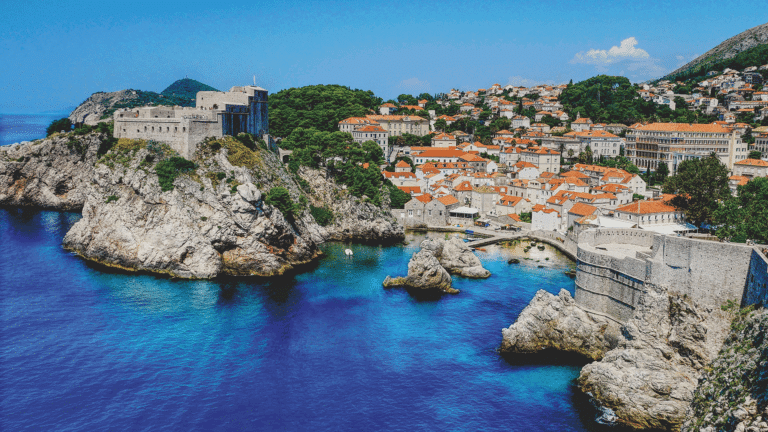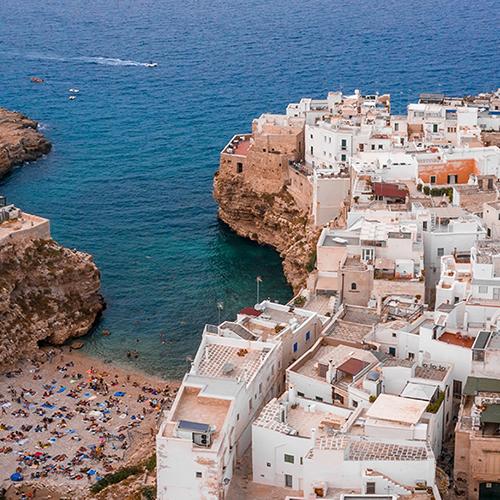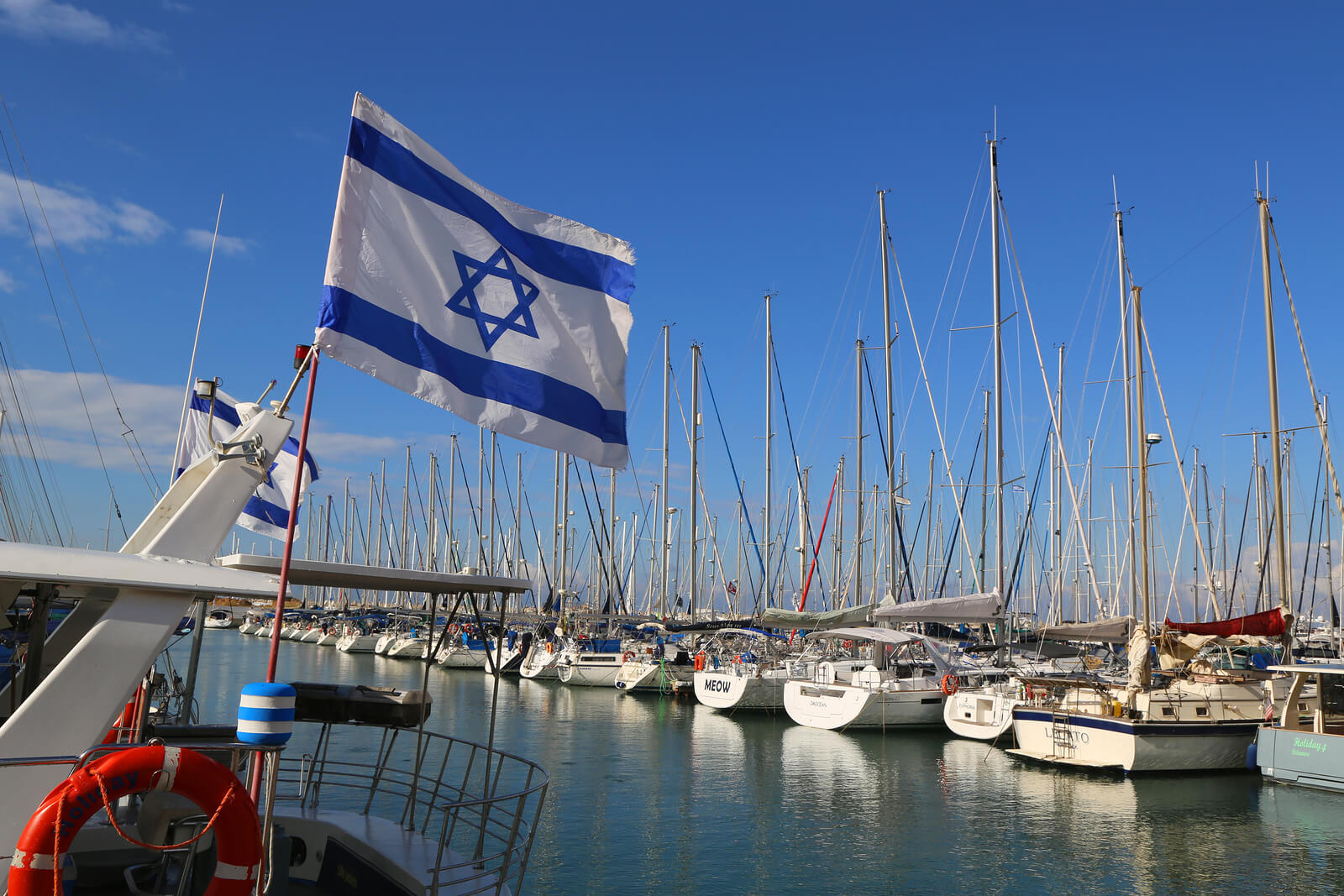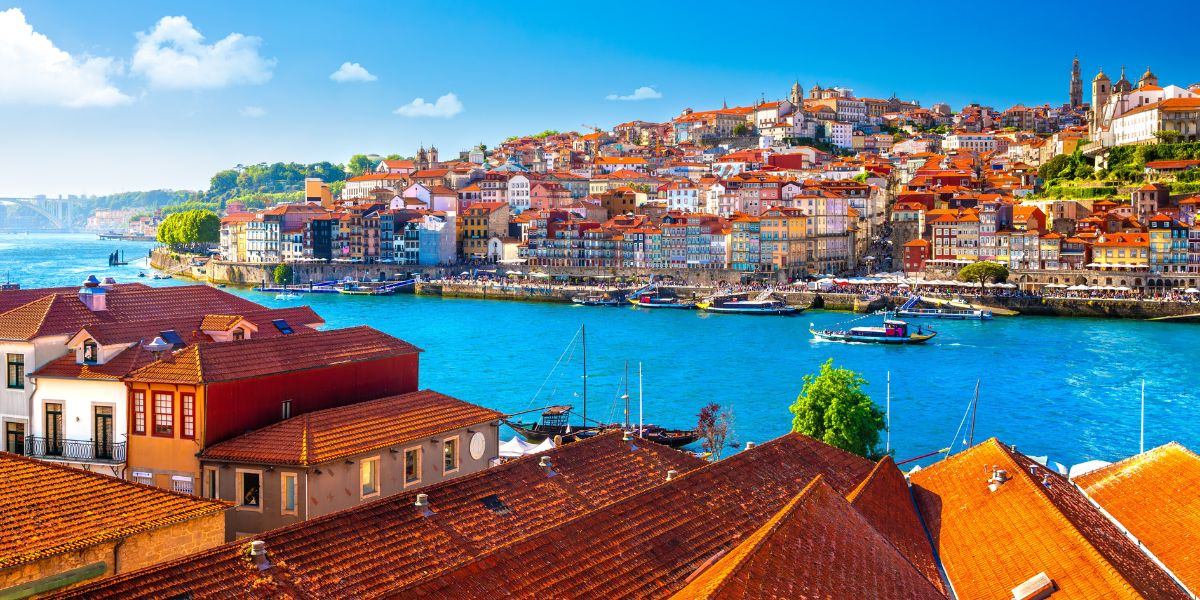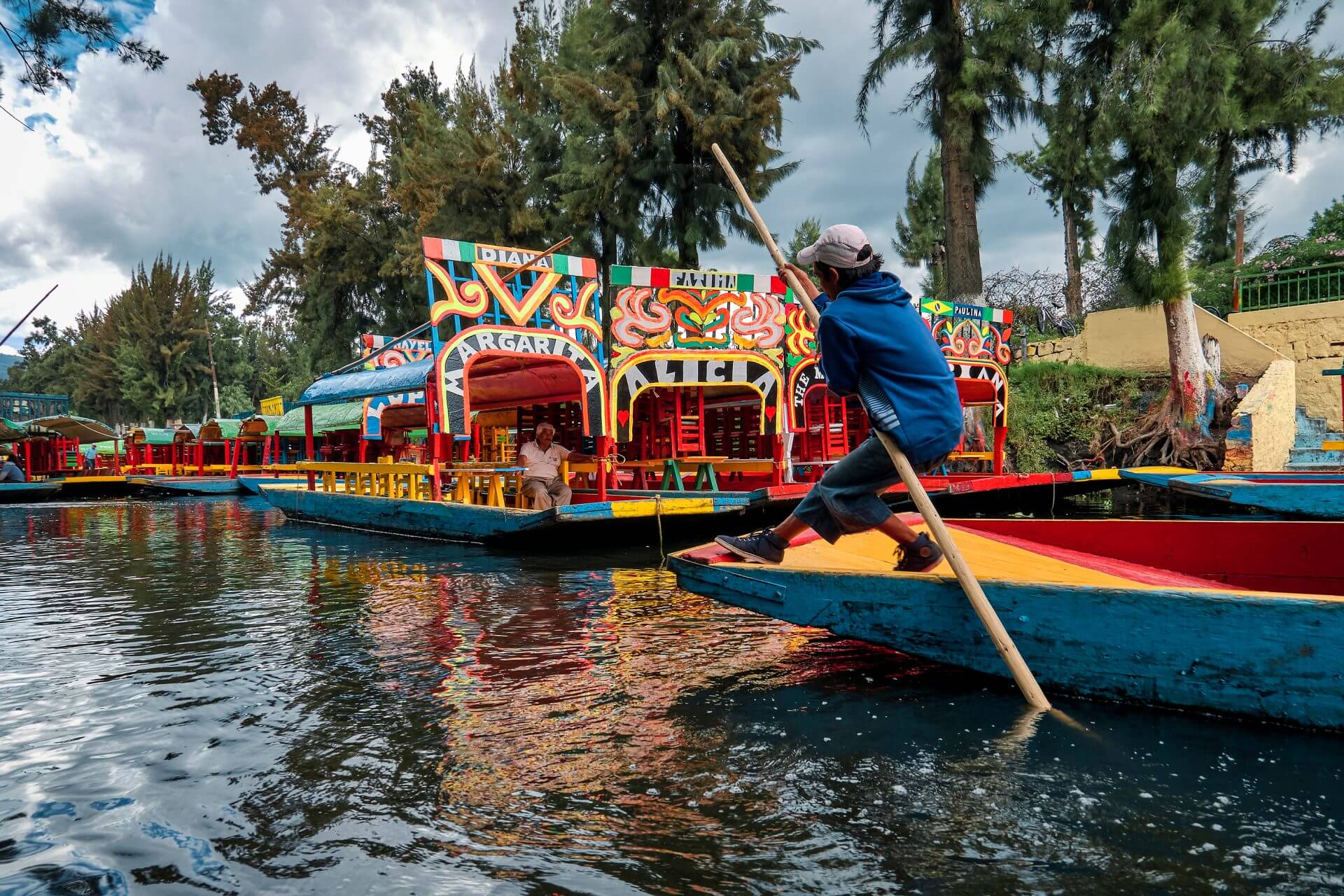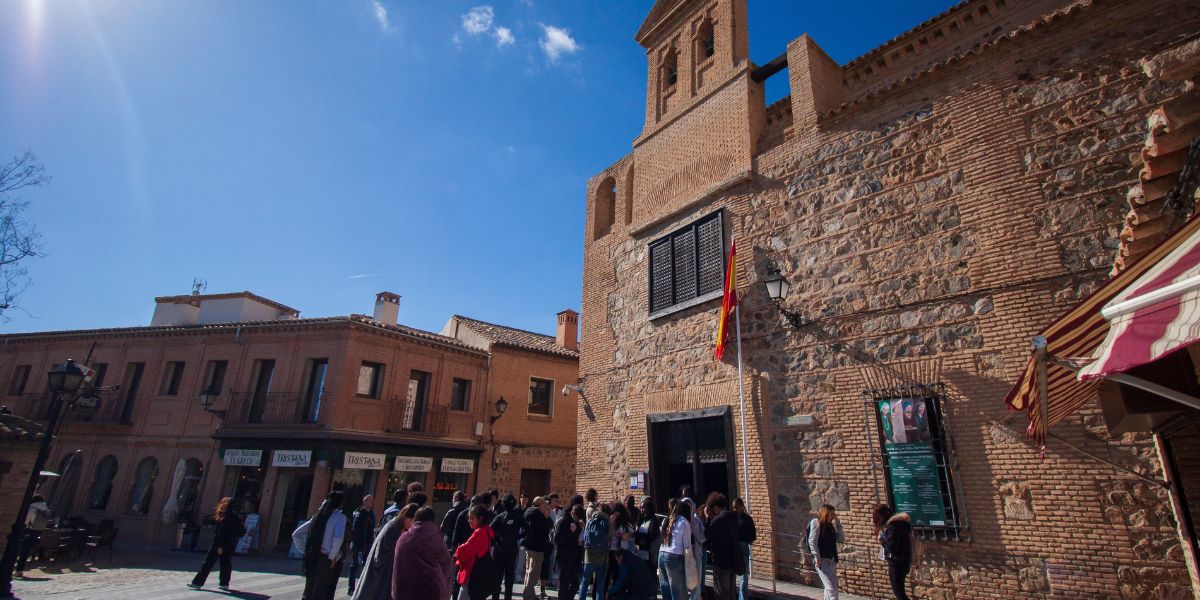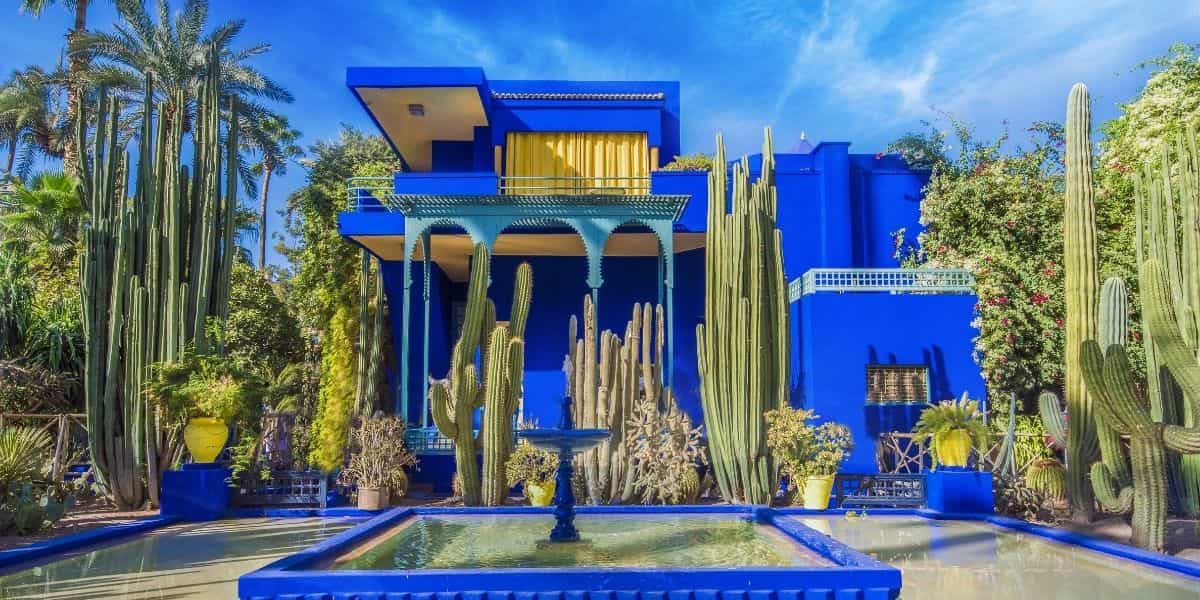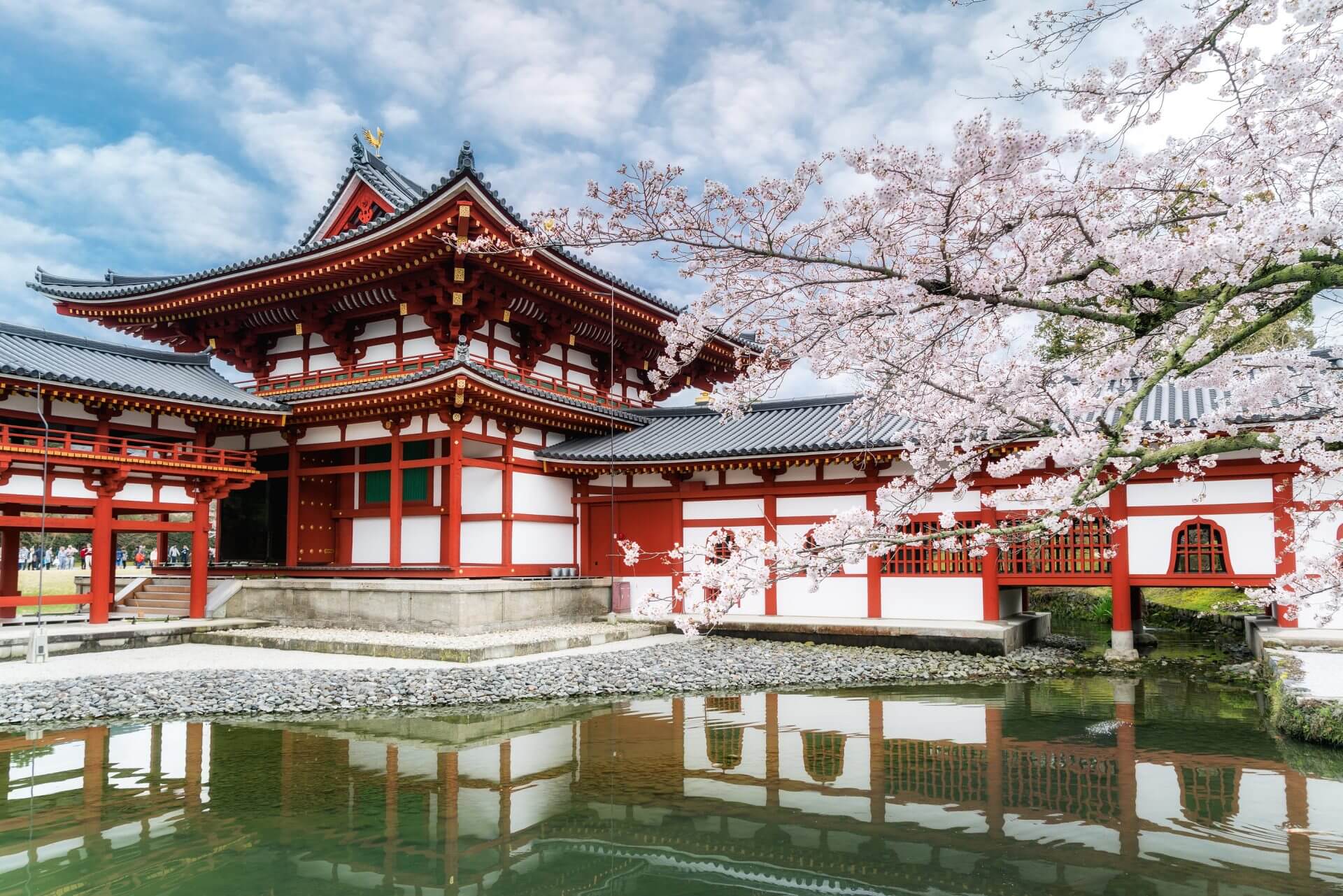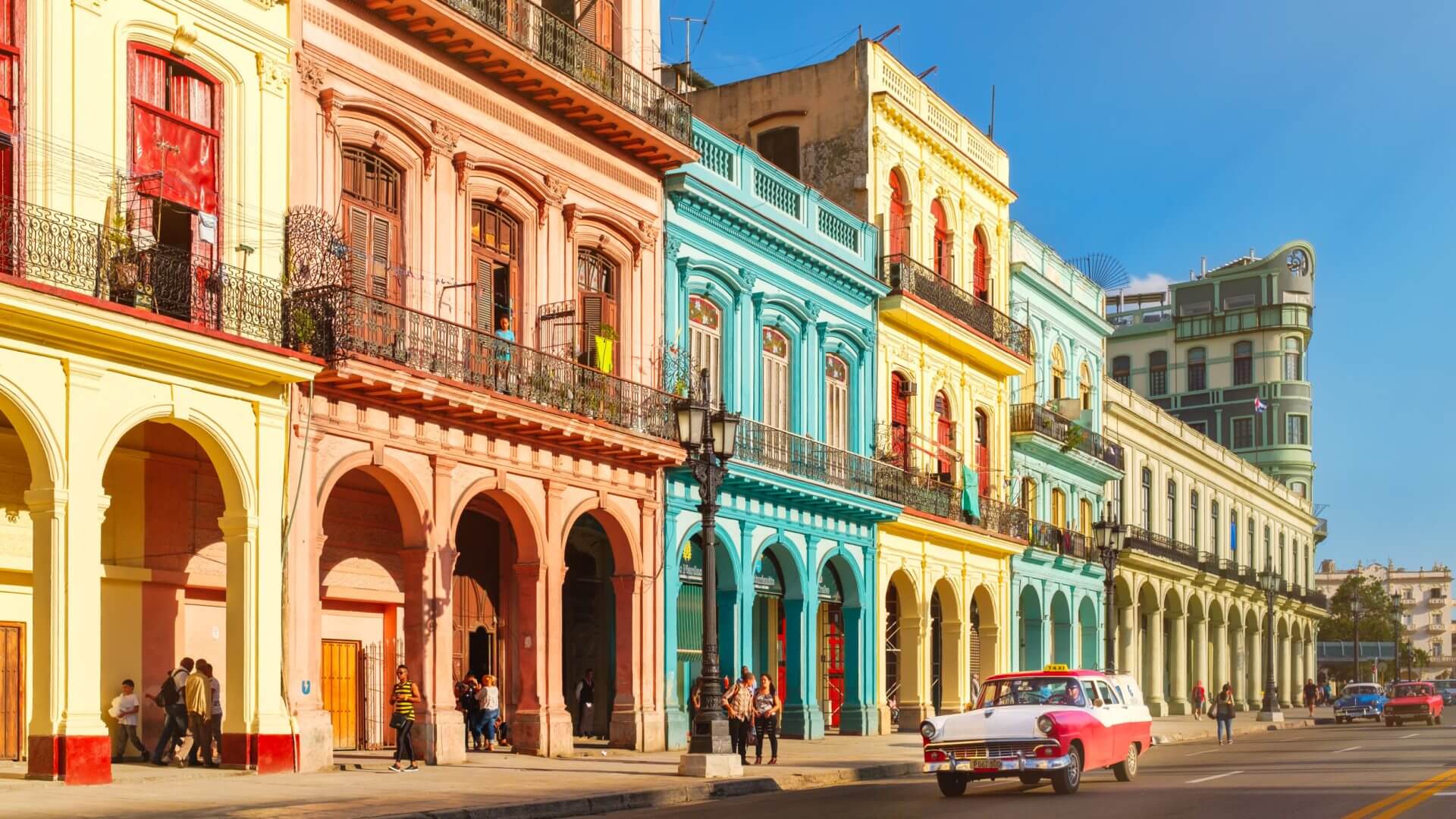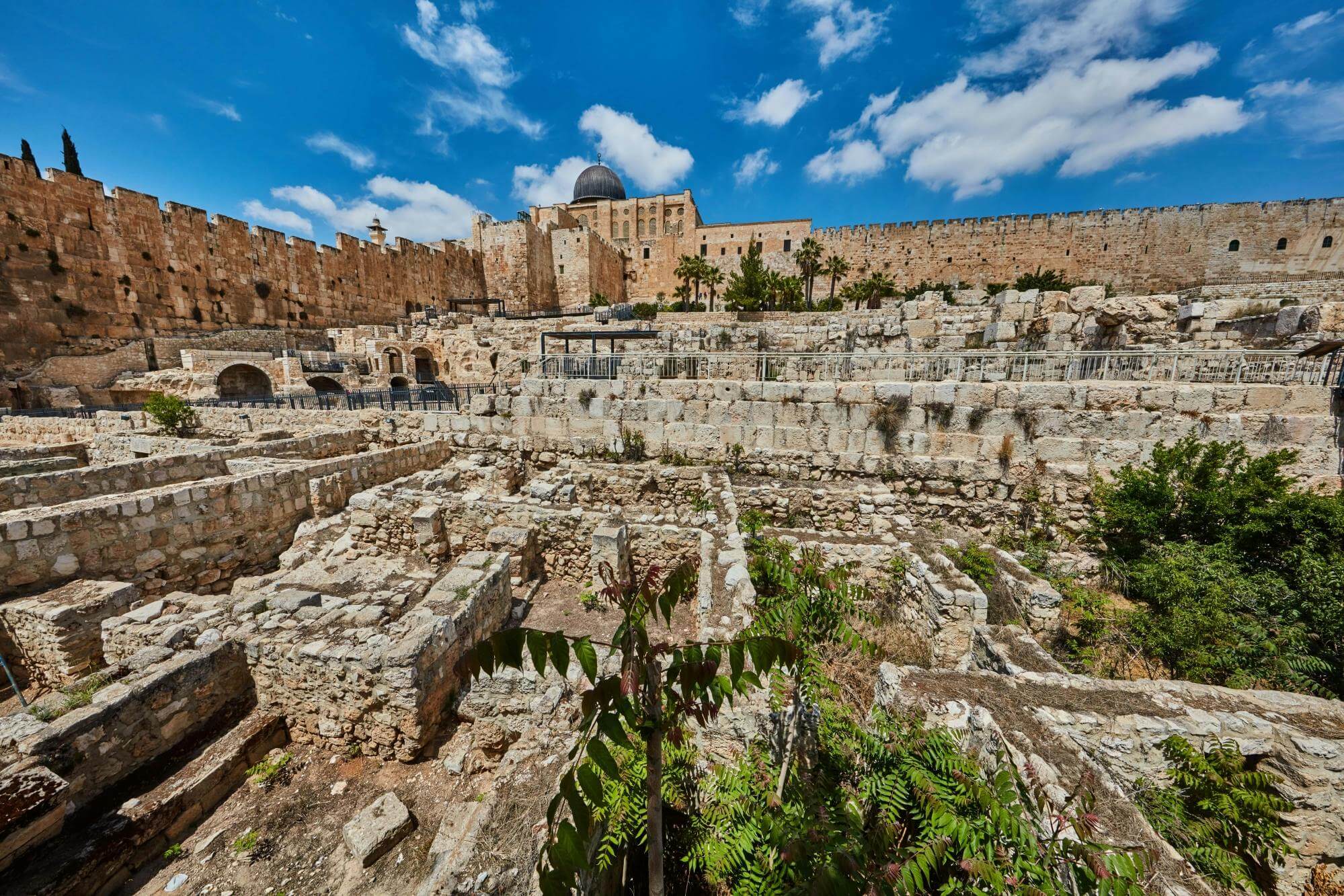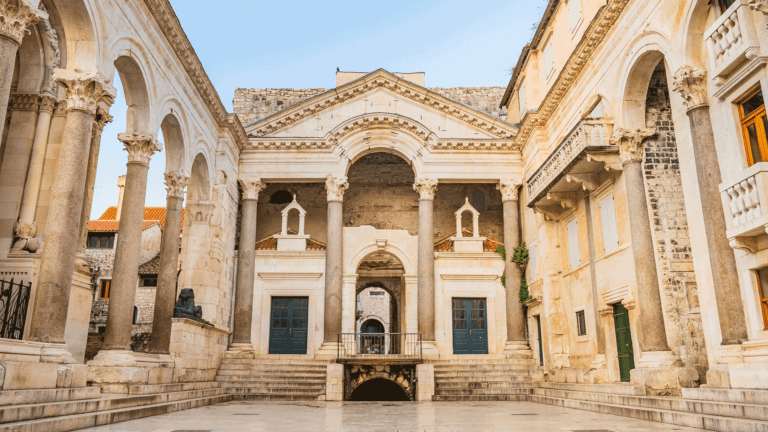The Arava or the Arabah stretches for 166km, from the Gulf of Aqaba to the southern shore of the Dead Sea, down to Eilat. With the Negev highlands on the west and Jordan’s Edom Mountains on the east, the Arava Valley is a place of captivating history, landscapes, resourcefulness, and imagination. If you’d like an escorted tour to Israel that is relaxing, entertaining, and educational, then the Arava is your perfect destination. It’s a tourist heaven, where visitors can enjoy ancient archeology, local hospitality, ecotourism, hiking, biking, unique scenery, birdwatching, seeing amazing animals, and a multitude of other activities.
Meeting the Arava Locals
The Arava is a tremendously welcoming place, so let’s check out some communities you can visit here. Start with Ein Yahav where you’ll find the Aloe Vera House visitor’s center and a store selling their products. Also, visit the Porat Apiary and taste honey made by the hard-working local bees. Hikers will love Sapir, where they can enjoy the Vanishing Valley trail with a picturesque lake and a sculpture garden. Proceed to Tzukim, a place full of artists specializing in a variety of media, where treasure hunts and other activities are often organized. Yotvata is Arava’s oldest kibbutz, which offers agricultural tours, ice cream-making workshops, the Yotvata Dairy tours, during which you can taste the famous chocolate milk, the interactive Yotvata Park complex, fossil hunting, etc. You’ll find many things in Yahel, including a park, a shopping center, fish ponds, playgrounds, a date plantation, pomelo orchard, dairy farm, a lookout tower, and a ride simulating desert flash floods.
Kibbutzim Neot Semadar, Lotan, and Ketura are three of Arava’s unique communities, many of them based on pluralistic, egalitarian, and imaginative Jewish values. These communities have created impressive architecture, art centers, and educational centers, their focus being on organic agriculture, solar energy, environmental research, education, and conservation, and much more.
Meeting the Arava Animals
During migration season, you’ll see between 500 million and 1 billion birds – 150 to 200 species – fly over Israel, and between 80 and 110 species in the off season! This is phenomenal, and it makes this region a critical stopover site for birds. The birding park in Eilat, established by the International Birdwatching and Research Center, Eilat (IBRCE), is one of Israel’s most significant birding sites, which focuses on research and monitoring of migrant birds, ecotourism, and other activities, in order to protect the little bit of natural habitat that still remains.
Between Sapir and Zofar you’ll find the Antelope Ranch, where hundreds of antelopes roam free. There are large and small animals living on this ranch, including meerkats, crayfish, rock hyraxes, rabbits, guinea pigs, a myriad of lovely birds, raccoons, tortoises, donkeys, zebras, deer, wildebeest, addax, Arabian oryx, etc. Also, you can explore a replica of Noah’s Ark with a small zoo inside.
Crocoloco at the Ein Hatzeva Junction is a unique desert farm that houses many African Nile crocodiles and raises them to be exported to Europe. The crocodiles are growing well in the warm climate and the brackish geothermal water, and some have started laying eggs.
The Vidor Visitors Center
The Vidor Center, located in Ein Hatzeva, teaches its visitors about the region’s water and soil difficulties in a fun way and about the advanced agrotechnology that made it possible for the area to grow a myriad of edibles and ornamentals on irrigated salty water. You can watch a 3D movie, go to the experimental greenhouses, make rain in the interactive farming museum, visit family farms, track desert animals, ride horses and camels, and take a ride in a jeep to see the Arava’s landscape, observation points, picnic areas, and even Jordanian villages visible just a couple of kilometers away. The center is wheelchair accessible.
Scenery and Hiking
You really don’t want to miss the breathtaking scenery in the Arava, so take a drive from Tel Aviv to Eilat, take long walks, go hiking, stay overnight in one of the many B&B’s, including eco-huts, cottages, romantic cabins, Bedouin-style tents, hostels, campgrounds, etc. Explore the canyons, dry river beds, and the wilderness of Zinn, then visit the remains of way stations for the caravans crossing the ancient Nabatean Spice Route and the Ein Hatzeva Fortress with a nearby Edomite temple, Roman fortress, and a 1,000-year-old jujube tree.
Hai-Bar Yotvata Nature Reserve and Timna Park
In the Yotvata Hai-Bar Nature Reserve, you can see numerous amazing creatures roaming free, such as foxes, wolves, hyenas, cheetahs, leopards, addax, gazelles, etc. The reserve’s goal is to breed the animals mentioned in the Bible, locally extinct animals, and endangered desert species for reintroduction to the Negev desert, and it has already reintroduced the Asian wild ass to the Makhtesh Ramon. The Timna Valley is also nearby, home to the famous Solomon’s Pillars, the Mushroom, and the Arches – all natural structures formed by centuries of water erosion and /or wind and humidity. This large area also includes the 14th-12th centuries BCE copper ore smelting sites and mine shafts, as well as a recreation park with an auditorium, a boating lake, bike paths, zip-line, and rappelling.
